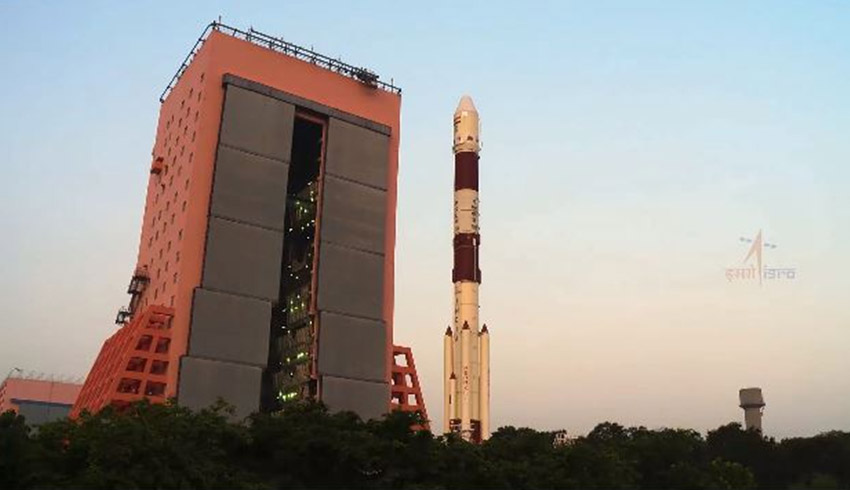This will place India in a very exclusive club as just the fourth nation, after the US, Russia and China, to soft land a robotic probe on the moon.
It comes a week after an unspecified technical issue forced cancellation of the countdown just under an hour before the planned ignition.
Shortly before the successful launch, Kailasavadivoo Sivan, chairman of the Indian Space Research Organisation (ISRO), said staff had worked tirelessly to fix the fault.
“It is the beginning of a historical journey of India towards the moon, and to land at a place near the south pole to carry out scientific experiments to explore the unexplored,” he said.
The mission is called Chandrayaan-2 and follows Chandrayaan-1 in 2008 when an Indian probe successfully orbited the moon and launched an impactor, which indicated the presence of water in lunar soil. Chandrayaan is Sanskrit for moon craft.
For nations with emerging space programs, landing on the moon is a particularly alluring achievement. Israel might have been the fourth, had not its Beresheet lander malfunctioned and crashed into the moon surface in April.
India, on trajectory to become the world’s fifth largest economy and with a nationalist government in power, sees its space program as a significant indicator of rising global status.
In March, India flexed its space muscles, conducting a successful test of an anti-satellite missile that obliterated an old Indian satellite in low-Earth orbit. That attracted strong criticism from NASA and other nations, including Australia.
India dispatched another probe to orbit around Mars in 2014.
Compared with other great power space programs, India’s is particularly low budget, with the Chandrayaan-2 mission costing around $140 million.
Indian Prime Minister Narendra Modi quipped that their space program had a smaller budget than 2013 space movie Gravity.
This tells the cautionary tale of what happens when an anti-satellite missile (Russian in the movie) creates an expanding debris field, which imperils other space users.
In the Chandrayaan-2 mission, India is aiming for the little-explored southern polar region.
The craft is carrying the moon lander and rover, which will spend two weeks exploring the surface and collecting data on mineral and chemical composition and, hopefully, water.
The mission will take 48 days from lift-off to moon landing. The craft leaves Earth orbit on 13 August and the landing is set for 2 September.

